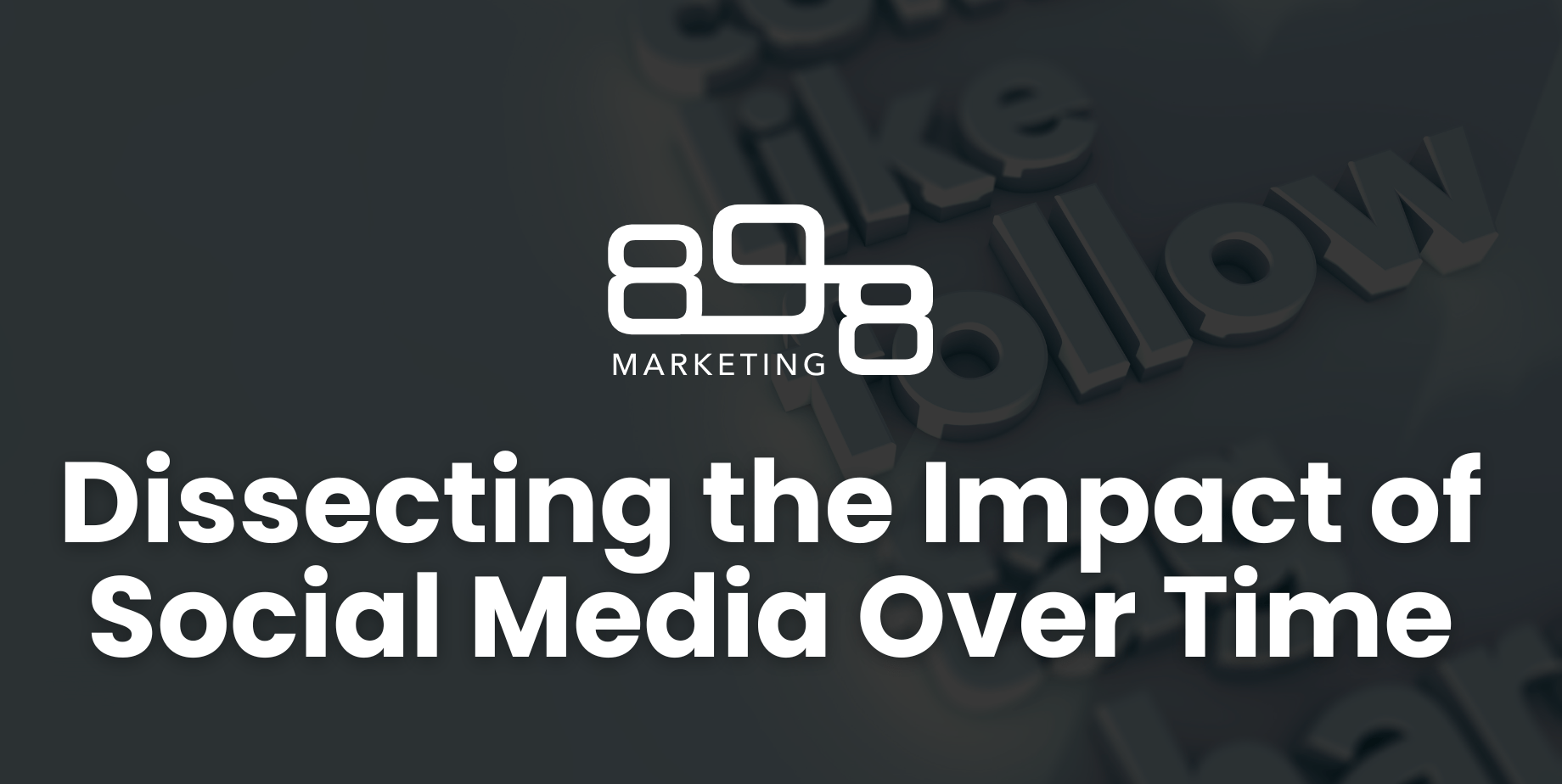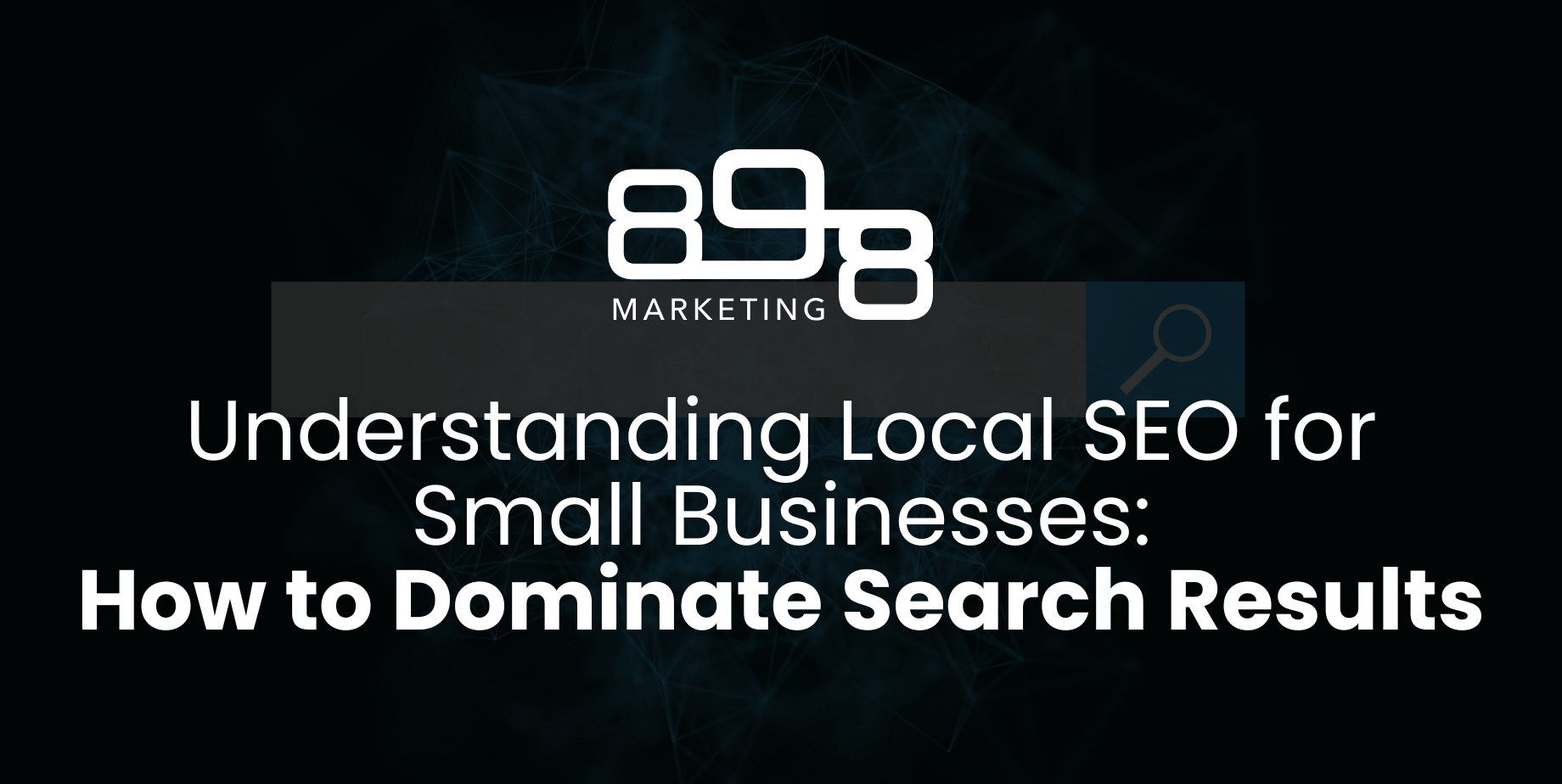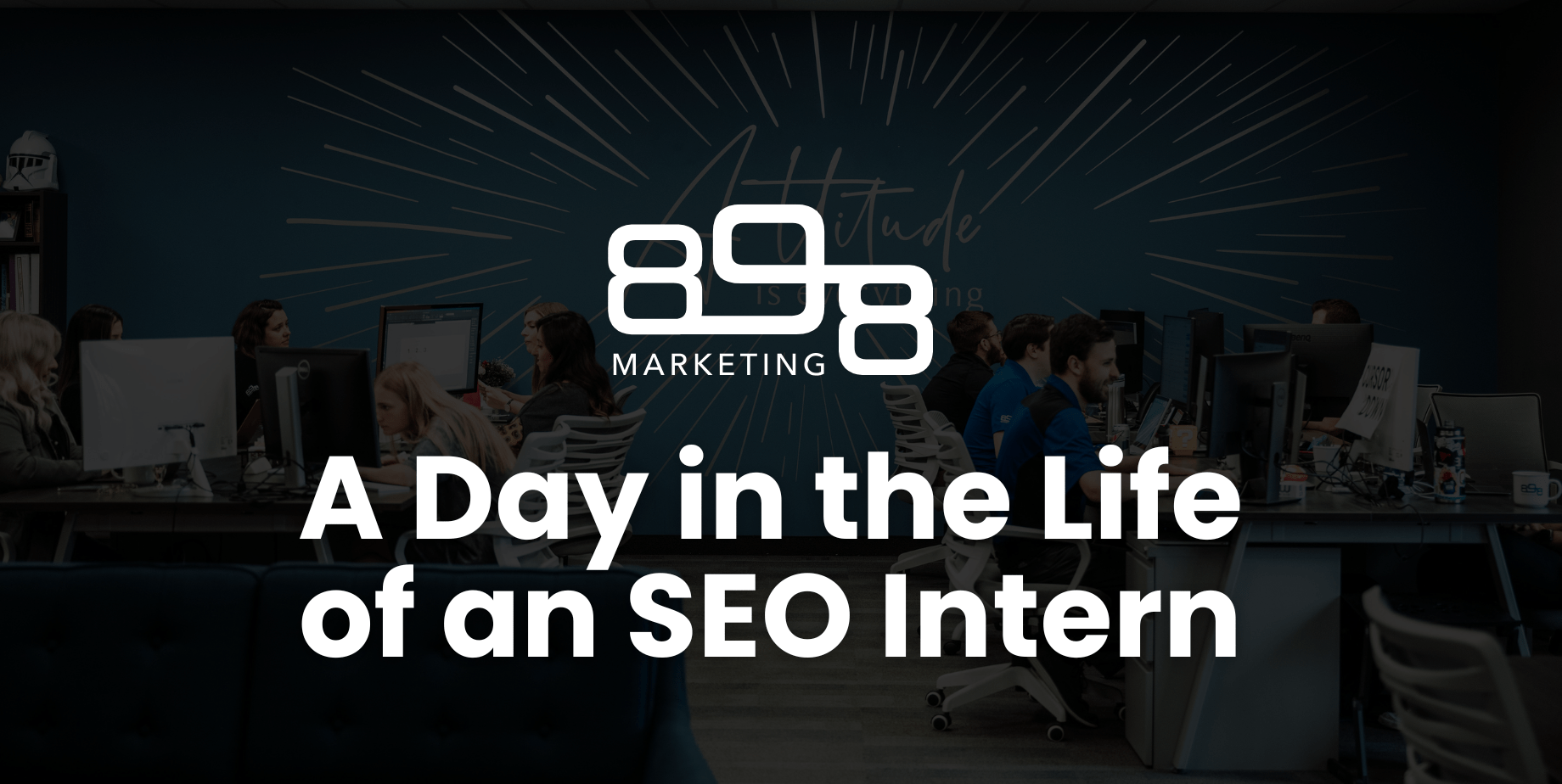
Dissecting the Impact of Social Media Over Time
- Lexi Marco
- April 21, 2025
- Social Media
- history of social media, marketing, social media
- 0 Comments
Unlocking the Social Media Time Capsule
In the same way a time capsule holds a snapshot of a specific moment in history, social media has become a living, breathing digital archive of our cultural and technological shifts. From the early days of MySpace and Facebook to the current dominance of TikTok and Instagram, the impact of social media has continuously evolved in response to changes in technology, user behavior and societal trends. In the early days of online communication, social media platforms were primarily text-based forums and simple networks for connecting with friends.
Over time, social media has transformed into complex multimedia platforms that not only connect individuals but also shape businesses, politics and culture. The significance of social media today cannot be overstated—it influences everything from marketing strategies to global movements, making it a driving force in shaping modern society.
Check out these quick numbers to show just how much social media has grown in the last 25 years:
- The number of social media users has grown from 25 million in 2000 to 5.24 billion in just 25 years.
- The average social media user engages on 6.83 platforms.
So, what happens when we look at social media as a “time capsule”—a digital container holding the essence of where we are today, our cultural trends, values, and moments of personal and societal significance –with the added curiosity of what the future may hold? Let’s open the time capsule and take a deep dive into the past, present and future of social media.

The History of Social Media
The Early Days: The 1990s to Early 2000s
From the 1990s through the early 2000s, social media began to take shape with platforms like AOL Instant Messenger (AIM) and message boards such as MySpace and Friendster. These platforms paved the way for the rise of online communities. Features such as user profiles, friends requests and status updates were introduced, becoming integral parts of online social interaction.
The Birth of Major Social Media Platforms: 2003-2006
2003: LinkedIn was the first major platform to introduce professional networking online, connecting individuals in business and career-focused environments.
2004: Facebook was the inception of connecting users globally.
2005: Video content and user-generated content through YouTube began to gain traction.
2006: Twitter was launched, introducing microblogging, hashtags and the sharing of short-form thoughts.
The 2010s and the Mobile Revolution
Visual storytelling became popular in 2010 with the launch of Instagram, which rapidly gained popularity due to its mobile-first design. Snapchat followed in 2011, changing the landscape with real-time sharing and content that “disappears” after being viewed.
As smartphones became more accessible, social media platforms optimized their services for mobile devices. This mobile revolution played a pivotal role in the rapid development of social media, making platforms more convenient, engaging, and omnipresent in users’ daily lives. As platforms grew so did their user bases – today, over 72% of U.S. adults use social media.

Key Social Media Trends Captured in Our Time Capsule
As we continue through the time capsule of social media, we can see key transformations that showcase the rapid evolution of how users create, consume, and interact with content. One of the most significant shifts was the evolution of content formats.
What began with static images and text has transformed into dynamic multimedia experiences, particularly in the form of short-form content through TikTok, YouTube Shorts and Instagram Reels.
Social Media Algorithms
Social media algorithms have played a central role in shaping our social media experience. They now dictate what we see and engage with, and businesses and creators have started optimizing their content strategies to meet algorithmic expectations through paid social ads.
User-Generated Content
User-Generated Content refers to content made by individual users rather than businesses. Consumers tend to trust influencers to make purchasing decisions more than they would general promotional content from larger brands. To combat this, brands reach out to and collaborate with influencers in order to reach more targeted audiences and gain a larger brand loyalty.
E-Commerce
Social media has evolved as a powerful e-commerce tool. With platforms like TikTok Shop and Facebook Marketplace, social channels have been transformed into a direct sales channel. Features like Instagram Shop and Catalog manager allow brands to easily sell products directly from Meta platforms.
Customer Service
Users typically demand quick, relevant answers from brands regarding their concerns or product questions, and oftentimes are impatient when waiting on an answer. Social media has become an essential customer service tool, with brands using platforms to engage with customers, address complaints, and resolve issues in real-time.
The Impact of Social Media on Companies Today
Starting in the mid-2000s, social media became a powerful tool for brands to enhance their visibility and connect with a wider audience. Social platforms allow companies to reach millions of people quickly and gain increased exposure that traditional marketing methods can’t match. Real-time interaction with consumers allows brands to address concerns and feedback instantly, strengthening their customer support and building trust. Beyond direct communication, social media enables businesses to foster customer loyalty by creating communities and fanbases through regular engagement. Companies also leverage content marketing strategies, producing captivating visual, video, and interactive content to appeal to their audiences. Paid social ads further enhance lead generation, helping businesses capture potential customers and drive sales. Social media analytics provide valuable insights into engagement, impressions, and conversion rates, allowing brands to refine their marketing strategies for improved ROI. By using data to adjust their approaches, companies can continuously improve their social media efforts and maintain a strong online presence.

Social Media Challenges and Risks for Businesses
While there are many positive impacts that social media has on business, companies have to be aware of the challenges and risks they can pose as well. Brand reputation management in the age of social media comes with significant challenges. Companies must be prepared to handle negative feedback swiftly to prevent public backlash, as a poorly handled crisis can escalate rapidly.
The rise of cancel culture adds another layer of complexity, where a brand’s reputation can be damaged or even “canceled” due to social media controversies. Alongside managing their public image, businesses face growing concerns around privacy and security. Data privacy is under major scrutiny with social media platforms often facing backlash for mishandling user information. Security threats, such as hacking, also pose a constant risk, making it crucial for brands to adopt secure practices to protect both their data and their customers’ trust.
Additionally, the overwhelming volume of content online has led to information overload, making it difficult for brands to stand out in a saturated market. As a result, maintaining authenticity is essential; brands must strike a balance between effective marketing and genuine engagement to foster deeper connections with their audiences while avoiding content fatigue.
The Future of Social Media and Business Growth
The future of social media holds exciting possibilities for business growth, with advancements in technology transforming the way companies engage with consumers. The Metaverse and Virtual Reality (VR) are set to revolutionize social media by creating immersive, virtual spaces where brands can interact with users in entirely new ways. These platforms could offer virtual stores and immersive experiences, making social media a more dynamic and interactive marketplace.
Artificial Intelligence (AI) is also transforming customer engagement. AI-powered chatbots and personalized content provides businesses with the tools to enhance customer interactions and streamline processes. Automation in content creation and scheduling is allowing companies to manage their social media presence more efficiently, freeing up resources for more strategic initiatives.
In the coming decade, social media will continue to be a central tool for business growth, community building and brand engagement, while content creators will evolve into both influencers and entrepreneurs. Virtual interactions will increasingly supplement—but not replace—face-to-face connections, fostering deeper human connections in our digital age.
Conclusion
Here at 898 Marketing, helping our partners add their legacy to the social media time capsule is a top priority. Whether you need help creating a content calendar, designing graphics for organic content, capturing footage for reels, or setting up a paid social campaign–we can help! Contact us today.






Recent Comments